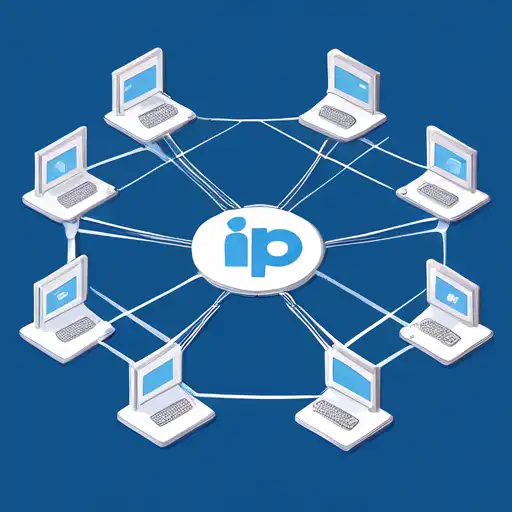Introduction to IP Addresses
In the digital world, understanding the basics of networking is crucial, and at the heart of networking lies the concept of IP addresses. An IP (Internet Protocol) address is a unique identifier assigned to each device connected to a network, enabling them to communicate with each other. This guide will walk you through the essentials of IP addresses, their types, and their role in networking.
What is an IP Address?
An IP address is a numerical label assigned to each device participating in a computer network that uses the Internet Protocol for communication. It serves two main functions: identifying the host or network interface and providing the location of the host in the network.
Types of IP Addresses
There are two main types of IP addresses: IPv4 and IPv6. IPv4 addresses are 32-bit numbers, typically displayed in decimal format as four octets separated by periods (e.g., 192.168.1.1). Due to the exponential growth of the internet, IPv6 was introduced, which uses 128-bit addresses, allowing for a vastly larger number of unique addresses.
IPv4 vs. IPv6
While IPv4 is still widely used, the transition to IPv6 is underway to accommodate the growing number of devices. IPv6 not only offers more addresses but also includes improvements in routing and network autoconfiguration.
How IP Addresses Work
IP addresses are assigned to devices either dynamically by a DHCP server or statically by a network administrator. When you connect to the internet, your ISP assigns an IP address to your device, allowing it to send and receive data from other devices on the internet.
The Importance of IP Addresses in Networking
Without IP addresses, devices would not be able to locate and communicate with each other on a network. They are essential for the routing of data packets across the internet, ensuring that information reaches its intended destination.
Internal Links and Further Reading
For those interested in diving deeper into networking, consider exploring topics such as Networking Basics and Understanding DHCP. These resources will provide you with a more comprehensive understanding of how networks operate.
Conclusion
IP addresses are a fundamental aspect of networking, enabling devices to communicate over the internet. Understanding the basics of IP addresses, including their types and how they work, is essential for anyone looking to grasp the fundamentals of networking. As the internet continues to evolve, so too will the technologies that underpin it, making ongoing learning and adaptation crucial.
